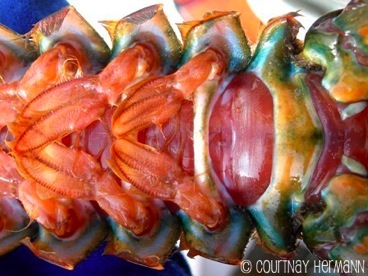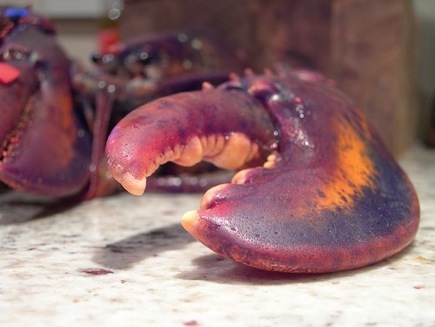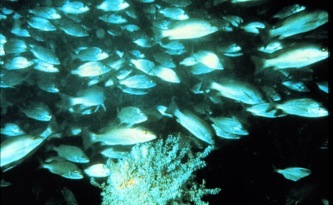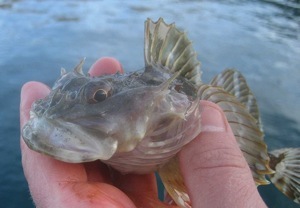Keep Your Claws to Yourself!

The sperm are stored for several months until it’s appropriate for the female to lay her eggs. At this time, she pushes 10,000 to 20,000 eggs from her ovaries through the sperm receptacle, and this is how fertilization occurs. Once the eggs are fertilized and attached to the underside (on the pleopods) of the female via the sticky material on her tail, they are carried here for nine to twelve months before hatching. During these months, the eggs receive oxygen from continuous water currents; these water currents also help keep debris from harming the eggs. However, survival rates of the eggs are highly compromised due to disease, parasites, or predation by fellow water inhabitants or humans.
To allow hatching, the female sets her eggs free into the surrounding waters by simply unfolding and lifting her tail. After the release of the eggs, it takes around two weeks for them to hatch into juvenile larvae. Typically, most hatching occurs when water temperatures are above 12.5°C (mid-May to mid-July.)
The lobster life cycle can be viewed here.
In this species, it’s the female that
does the chasing; she seeks out
her ideal mate then hangs around
outside of his den. The females are no dummies, to get the male’s attention, they release pheromones to let the male know they’re ready for mating. Typically, male lobsters are extraordinarily aggressive toward the females, but once he gets a whiff of the pheromones, his aggressive behavior subsides, an elaborate mating ritual is performed with clutched claws, and the male allows the female entry into his den. The molting of the female actually occurs inside the male’s den, showing that the molting cycle not only influences growth, but it also influences reproduction as well. As lobsters increase in body size, they shed their external skeleton to accommodate this size increase, and once their shell is shed, they can participate in mating. The female is turned on her back while the male lobster deposits his sperm into a receptacle in the soft carapace of the female’s body by inserting his first pair of swimmerets (gonopods) into a the female’s receptacle where the sperm are stored internally. It is important to note that this first pair of swimmerets is traditionally how female and male lobsters are differentiated; the male has large, hard swimmerets while the female has small, soft swimmerets. The female remains in the male’s den until her new shell hardens, a mechanism of offspring protection seeing as a molted lobster is extremely vulnerable to predators.
Return to the home page.

The eggs carried by the female lobster are very interesting. They are one millimeter in diameter and green n color. It is also known that older female lobsters produce significantly higher numbers of eggs than younger females.
Once these eggs hatch, the water currents carry them very long distances and within the egg, the new lobster molts several times. When the larva hatches, it looks like a shrimp, not a lobster and it floats around instead of swimming. Once the larva becomes a juvenile lobster (2 cm in length) it can swim all day at speeds fast enough to cover distances of up to ten kilometers. At this stage, the lobster is able to burrow in rocky environments to avoid predation by small fishes like the sculpin (right) and cunner (left). But once the lobster becomes a big boy, he eats bigger fish!






